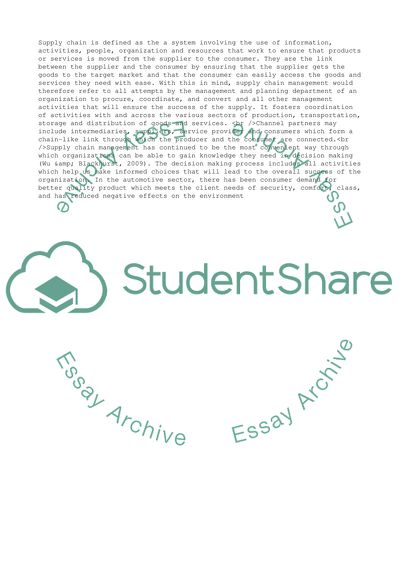Cite this document
(“Jaguar Land Rover Management Essay Example | Topics and Well Written Essays - 4000 words”, n.d.)
Jaguar Land Rover Management Essay Example | Topics and Well Written Essays - 4000 words. Retrieved from https://studentshare.org/management/1689225-management-report
Jaguar Land Rover Management Essay Example | Topics and Well Written Essays - 4000 words. Retrieved from https://studentshare.org/management/1689225-management-report
(Jaguar Land Rover Management Essay Example | Topics and Well Written Essays - 4000 Words)
Jaguar Land Rover Management Essay Example | Topics and Well Written Essays - 4000 Words. https://studentshare.org/management/1689225-management-report.
Jaguar Land Rover Management Essay Example | Topics and Well Written Essays - 4000 Words. https://studentshare.org/management/1689225-management-report.
“Jaguar Land Rover Management Essay Example | Topics and Well Written Essays - 4000 Words”, n.d. https://studentshare.org/management/1689225-management-report.


